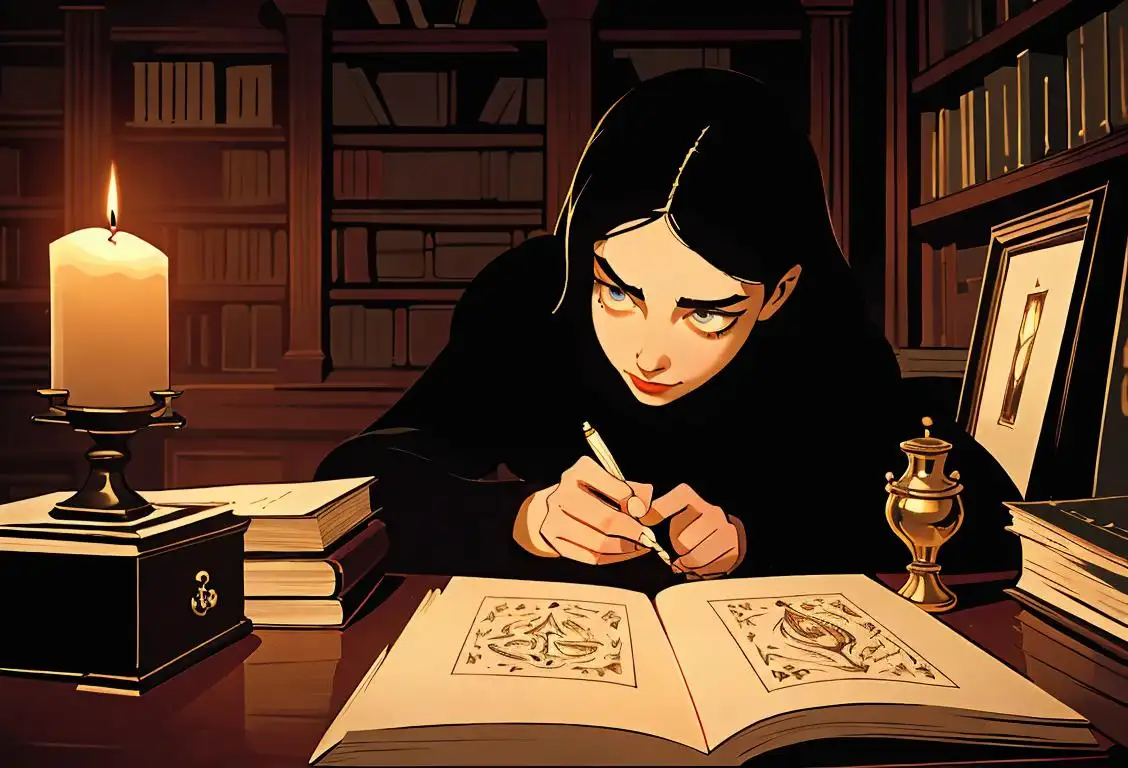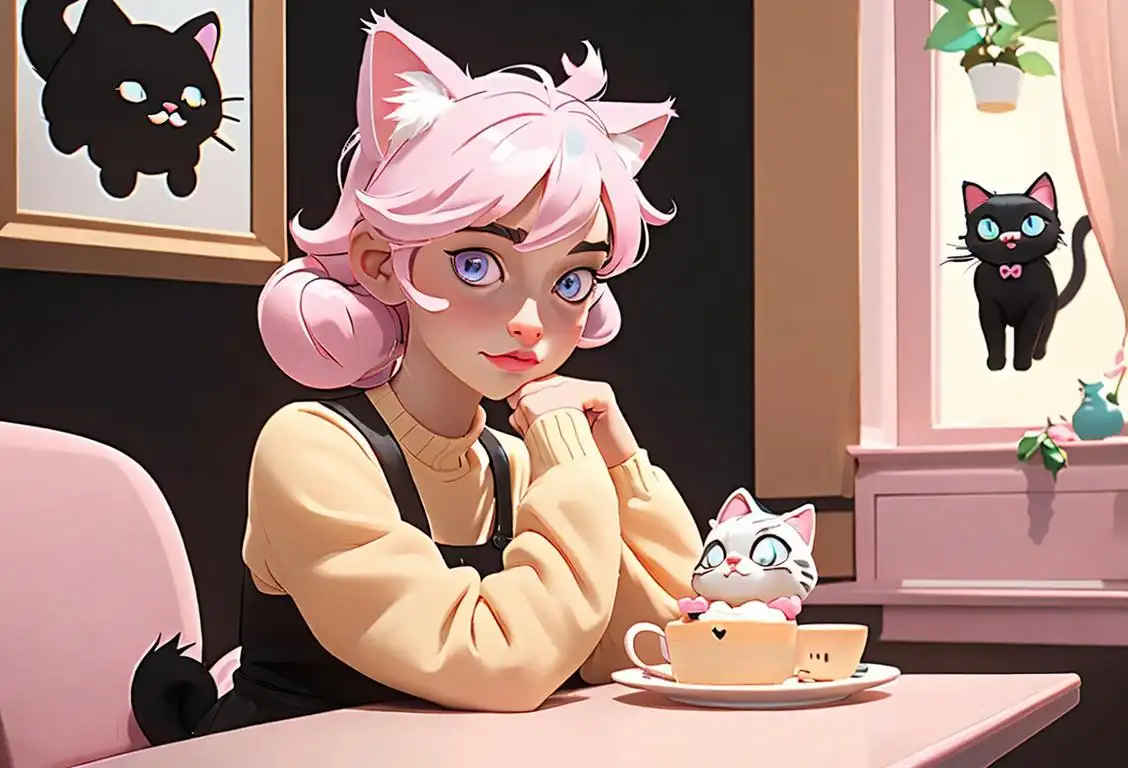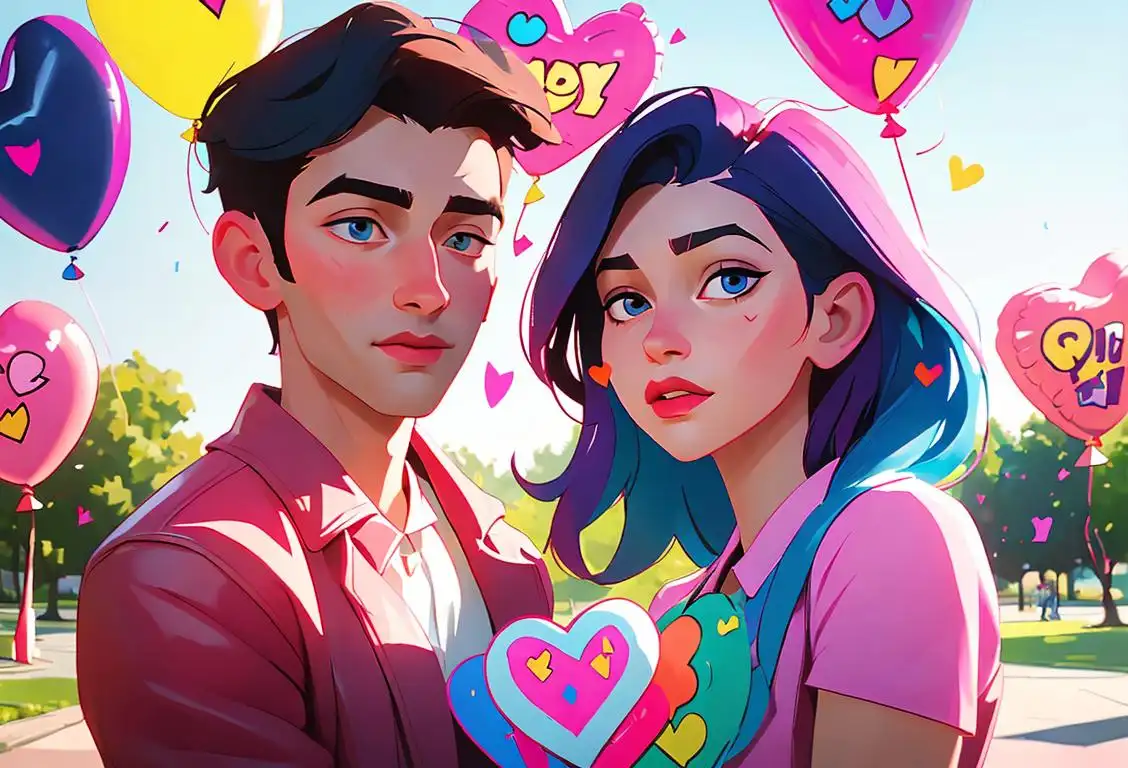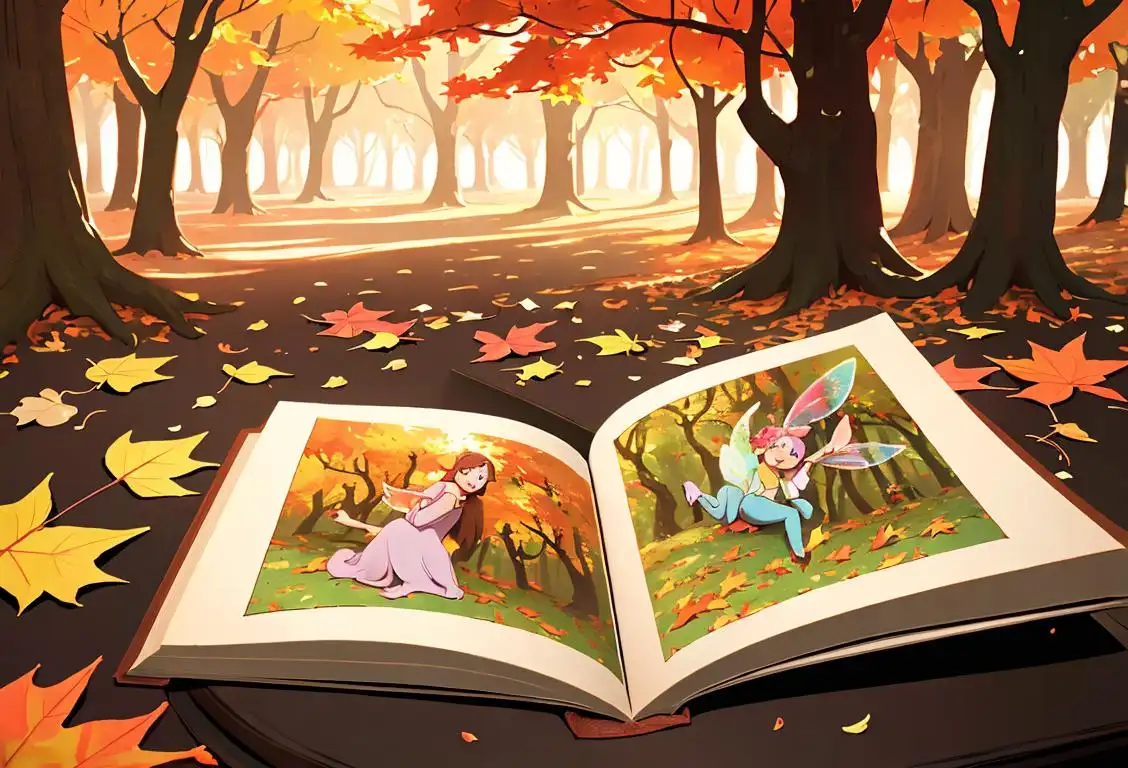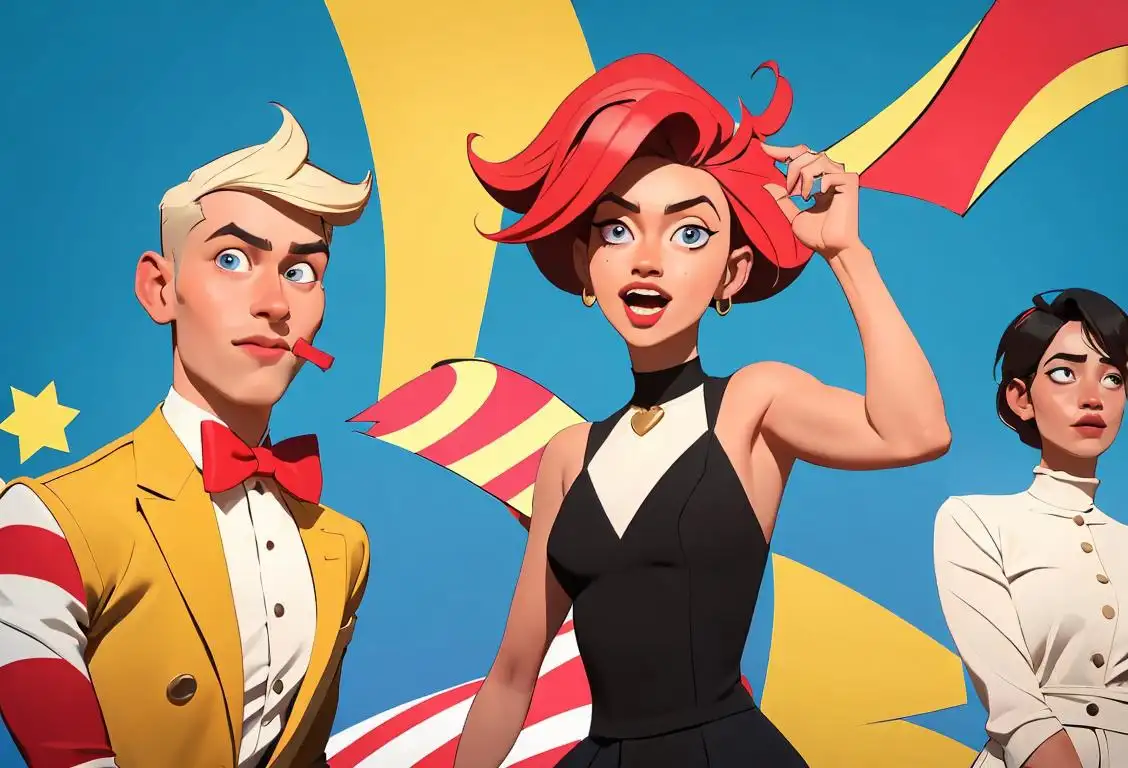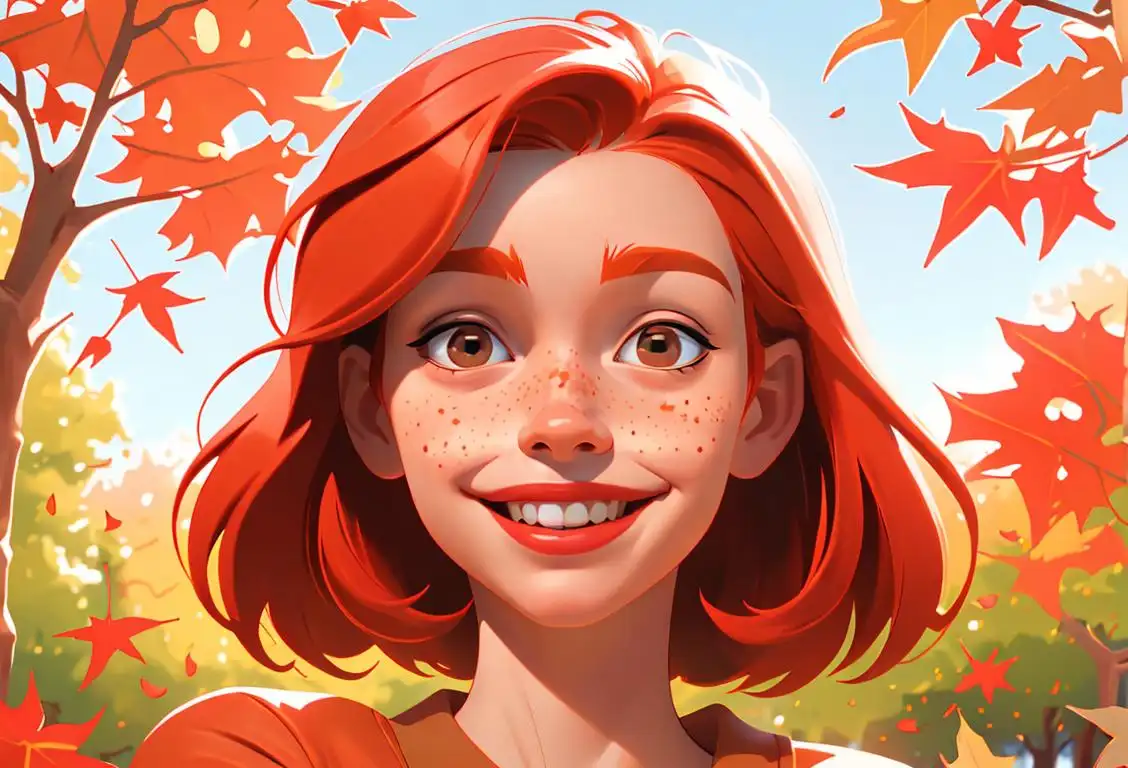National Manga Day
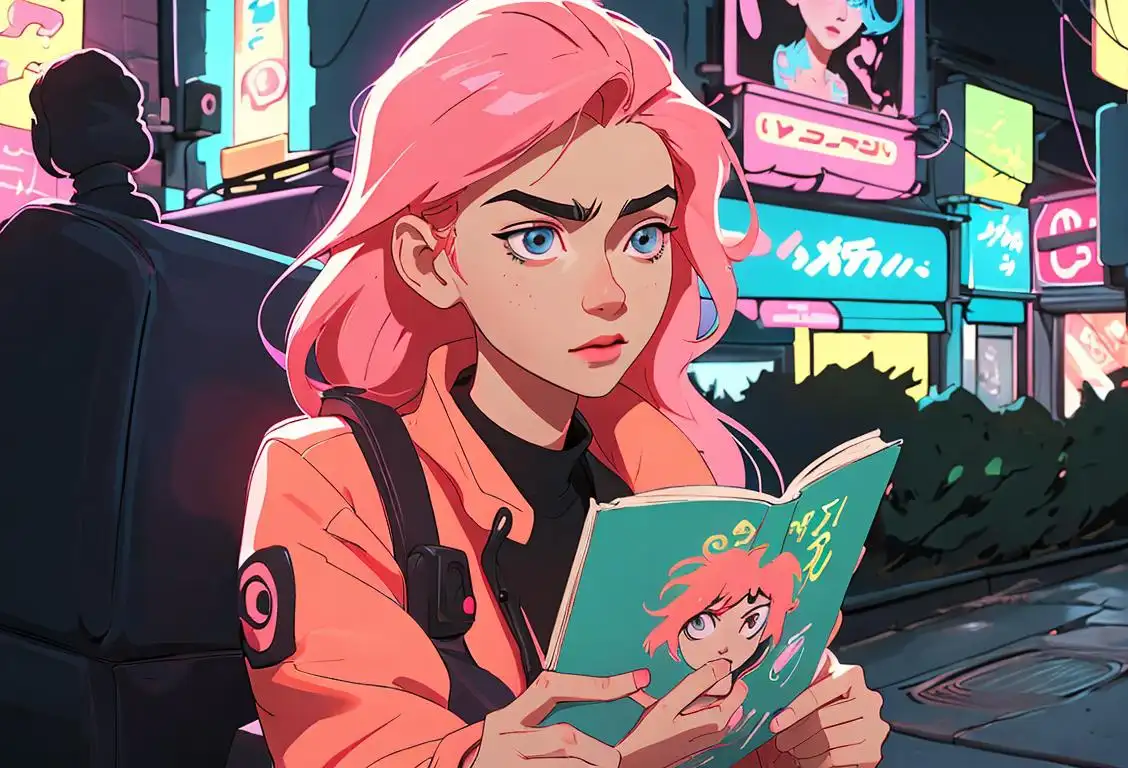
Ah, National Manga Day. A whole day dedicated to celebrating those epic and often eccentric Japanese comics that have captured the hearts and imaginations of millions around the world. Prepare your eyes for some serious manga magic, because we're diving headfirst into the colorful world of manga!
When is Manga Day?
It's national manga day on the 15th March.
The Origins
Just like a captivating manga plot twist, National Manga Day appeared seemingly out of nowhere on the scene. While the internet buzz about this special day began on March 15, 2017, the love for manga had already spread far and wide. Manga, with its distinctive art style and engrossing storylines, has become an integral part of not only Japanese culture but also of the global popular culture.
With fans devouring all sorts of manga genres like action, romance, fantasy, and even slice-of-life tales, it's no wonder that manga has become a global phenomenon. And that’s what National Manga Day is all about: honoring the impact manga has had on our lives and celebrating the creativity that goes into crafting these incredible stories.
How to Celebrate
Ready to immerse yourself in the world of manga? Here are a few ways to make the most out of National Manga Day:
- Read 'Em All: Dust off your favorite manga series or start a new one. Whether it's a classic like 'Dragon Ball' or a recent hit like 'Demon Slayer,' there's a manga out there that will capture your attention.
- Create Your Own: Feeling inspired? Grab some paper and pencils, and let your imagination run wild. Whether you're a budding artist or just want to try your hand at sketching some characters, expressing yourself through manga-style artwork is a fantastic way to celebrate this day.
- Join the Community: Connect with other manga enthusiasts online. Visit manga forums, participate in virtual book clubs, or even attend online events and conventions dedicated to manga. It's a great opportunity to share recommendations, discuss your favorite characters, and make new friends who love manga as much as you do.
- Dress the Part: Cosplay alert! Take this opportunity to dress up as your favorite manga character and let your inner otaku shine. From epic battles to romantic encounters, there's a manga character for everyone to channel.
Did You Know?
Did you know that manga is not limited to just print? In recent years, the manga industry has embraced the digital age, with many manga titles being released first as webcomics or serialized online. This shift has allowed even more people to access and enjoy manga, making it even more popular worldwide!
History behind the term 'Manga'
12th century
Origins of Manga
The term 'manga' finds its roots in Japan, where it originally referred to whimsical, caricature-style drawings. These drawings can be traced back as early as the 12th century, with scrolls such as the Choju-jinbutsu-giga featuring animal caricatures and lively depictions of human activities. These early drawings laid the foundation for the art form that would evolve into modern manga.
18th century
Ukiyo-e Woodblock Prints
In the 18th century, the ukiyo-e art movement emerged in Japan. Ukiyo-e prints were woodblock prints that depicted daily life, entertainment, and vibrant scenes from the urban areas of Japan. Many of these prints incorporated storytelling elements and sequential art, foreshadowing the narrative aspects that would later become prominent in manga.
1902
Rakuten Kitazawa and Jiji Manga
Rakuten Kitazawa, often regarded as the 'father of modern manga,' introduced the term 'manga' in 1902. Kitazawa's groundbreaking work, 'Jiji Manga,' was published as a supplement in the Japanese newspaper, Jiji Shimpo. This marked the first instance of the term 'manga' being used to refer to comic strips, solidifying its association with the art form we recognize today.
1950
Post-War Growth
Following World War II, manga experienced a surge in popularity as the medium became more accessible to a wider audience. Osamu Tezuka, often considered the godfather of manga, played a crucial role in this growth with his influential works like 'Astro Boy' and 'Princess Knight.' Tezuka's unique storytelling techniques and innovative art style set the stage for manga's future expansion both in Japan and around the world.
1980s
Global Influence
In the 1980s, manga gained international prominence with the rise of translated editions, popularizing Japanese comics beyond their home country. Works such as 'Akira' by Katsuhiro Otomo and 'Dragon Ball' by Akira Toriyama achieved worldwide acclaim, demonstrating the global appeal of manga's diverse genres and captivating storytelling. This era marked a significant milestone in manga's journey toward becoming a worldwide cultural phenomenon.
Did you know?
Did you know that manga is not limited to just print? In recent years, the manga industry has embraced the digital age, with many manga titles being released first as webcomics or serialized online. This shift has allowed even more people to access and enjoy manga, making it even more popular worldwide!Tagged
romance fun art literature animeFirst identified
15th March 2017Most mentioned on
15th March 2017Total mentions
5Other days
Manga Day
Dark Poetry Day
Laurie Laurence Day
Cat Girl Day
Compliment Day
Iloveyou Day
Book Day
Single Ppl Day
Kiss A Ginger Day
Book Lovers Day
